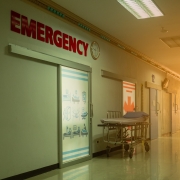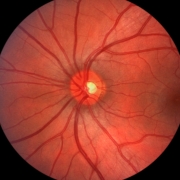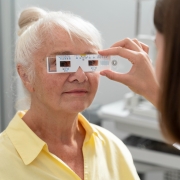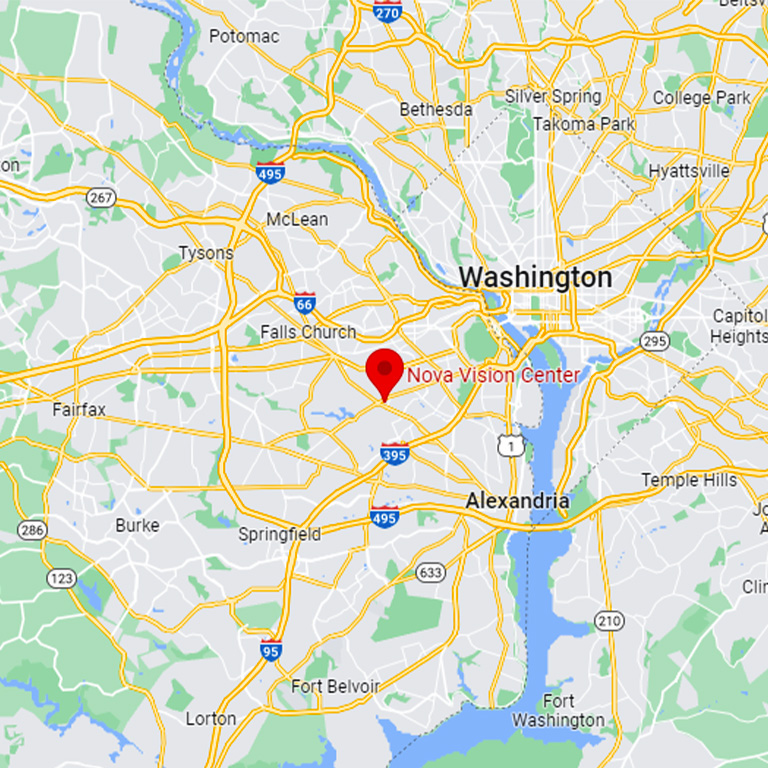What is the Purpose of a Diabetic Eye Exam?
Youroptometrist in Falls Church, VA, serves many purposes beyond giving you a prescription for eyeglasses or contact lenses. At Nova Vision Center, we’re proud to offer diagnoses and treatment for a wide range of optometric problems, including things like dry eye syndrome, macular degeneration, and diabetic retinopathy, to name a few. One of the ways that we diagnose certain problems is through a diabetic eye exam. If you’re unsure of the purpose of this important kind of optometric exam, read on.
What is a Diabetic Eye Exam?
A diabetic eye exam is a special eye exam designed to detect warning signs of eye endangerment due to diabetes and related disorders. The primary focus of a diabetic eye exam is to check for signs of diabetic retinopathy, the most common and one of the most serious eye conditions associated with diabetes. Diabetic retinopathy occurs when high blood sugar levels cause damage to the blood vessels in the retina, the light-sensitive layer at the back of the eye. This damage can lead to blood and other fluids leaking into the retina, causing swelling and the formation of deposits known as exudates. If left untreated, diabetic retinopathy can progress to more severe forms, potentially leading to retinal detachment or severe vision loss. This is why it’s so crucial to have a diabetic eye exam regularly if you have diabetes or pre-diabetes.
How is a Diabetic Eye Exam Done?
A comprehensive diabetic eye exam typically includes a visual acuity test and pupil dilation to examine the retina and optic nerve thoroughly, as well as possibly the use of imaging techniques such as optical coherence tomography (OCT) and fluorescein angiography. These tests provide detailed images of the eye structures and can reveal changes not visible through routine eye exams. Whether or not you’ve been officially diagnosed with diabetes, you should get a diabetic eye exam on occasion. Interestingly, sometimes a person is unaware they have diabetes until an optometrist conducts a diabetic eye exam and sees the warning signs.
Remember, even persons without diabetes should get adiabetic eye exam in Falls Church, VA. This kind of exam can only reveal warning signs that your eyesight might be in danger. Contact us today to book yours.










